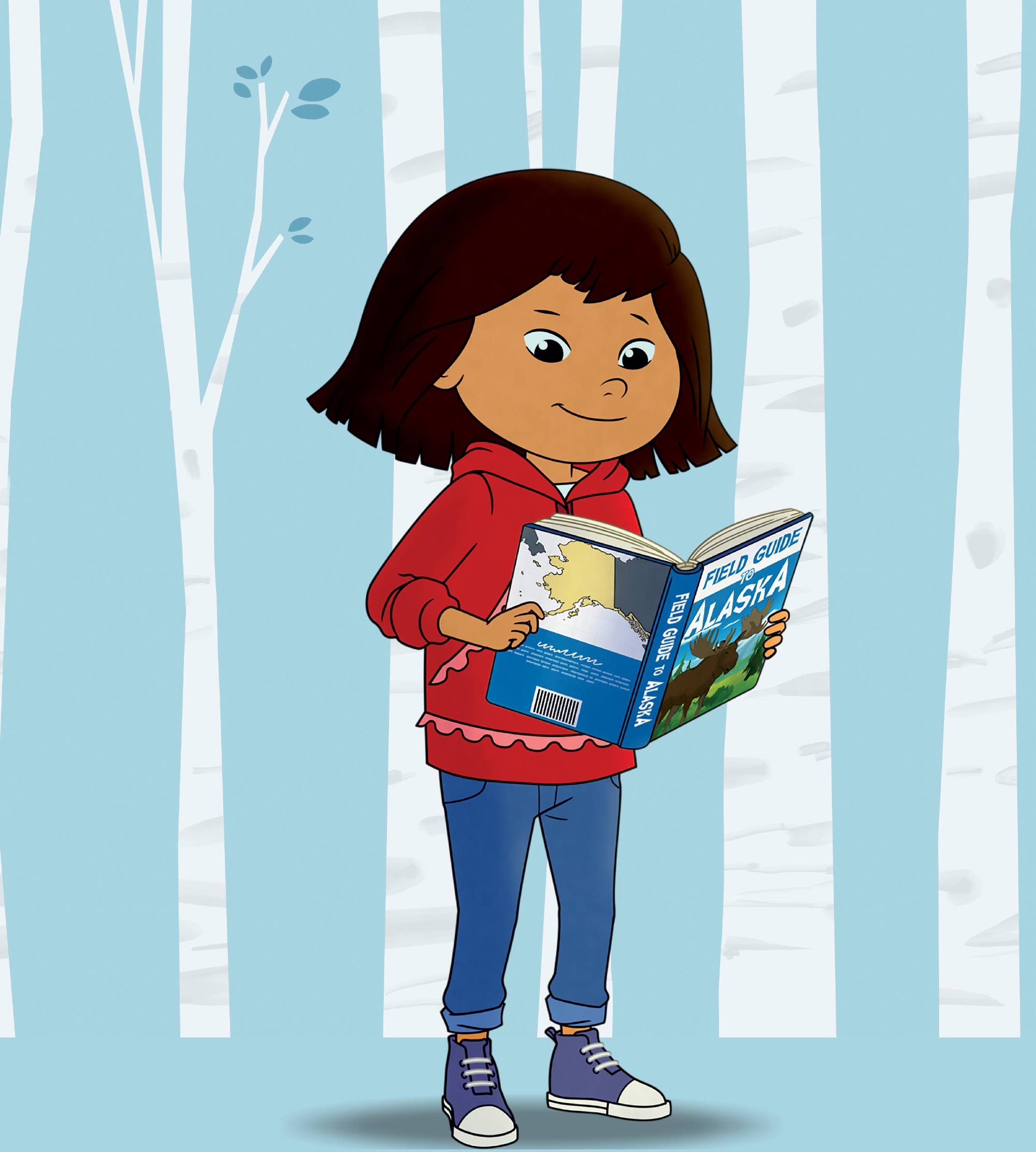
Following Molly!
t first glance, it may be hard to believe that a Wegmans grocery store was an inspiration for Molly of Denali, a PBS show centered on an Alaska Native girl, 10-year-old Molly Mabray from the fictional village of Qyah.
Molly’s family runs the Denali Trading Post, which show co-creator and executive producer Dorothea Gillim ’86 likens to the Wegmans in her hometown of Rochester, N.Y.
“It was the hub of the community,” says Gillim, who also created the PBS program WordGirl. “It was the town square and much more than a place to get groceries. I always wanted to do a show about a store, and I thought it would be appealing to kids because they love to play shop.”
Gillim, who is an executive producer at the Boston public media station WGBH, is one of five Swarthmore alumni who contributed to the show during its first season, which was recently honored with both a Television Critics Award and a Peabody Award. The alumni group includes Anne Frankenfield Lund ’99, director of curriculum and content at PBS Kids; Leah Gotcsik ’97, a script writer; Nell K. Duke ’93, a professor of literacy, language, and culture at the University of Michigan and an informational text adviser for the show; and Kit Buckley ’94, senior interactive developer at WGBH.
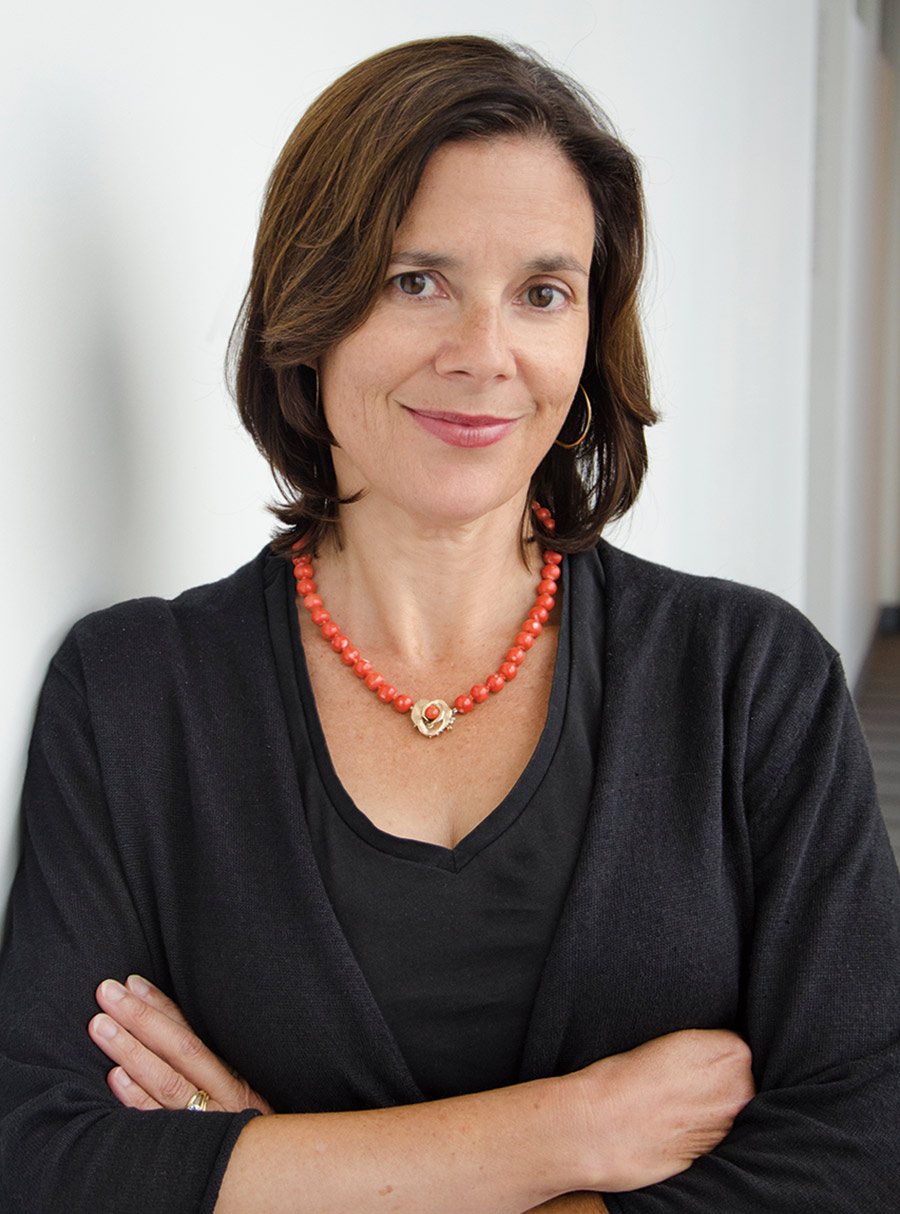
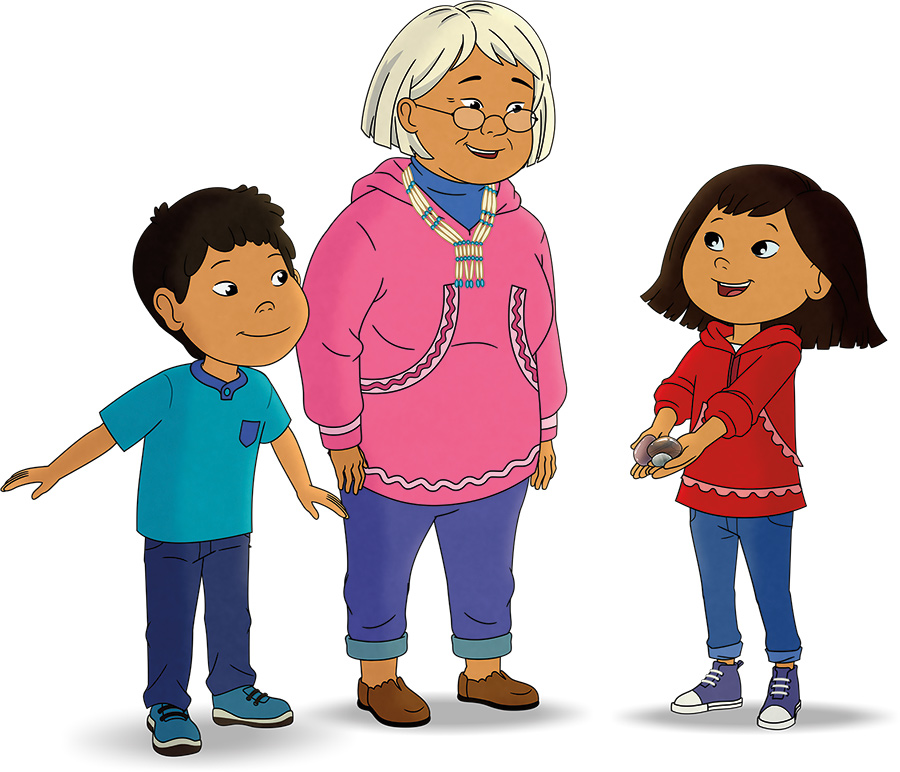
Princess Johnson, a member of the Gwich’in tribe, was brought on as a creative producer and is embedded in all aspects of production. In addition, eight Alaska Native writers created scripts, and each Native character is voiced by an actor of Alaska Native or First Nations heritage.
A writers’ retreat in Fairbanks further helped writers learn about Alaska and capture the authentic experience of Alaska Natives like Molly.
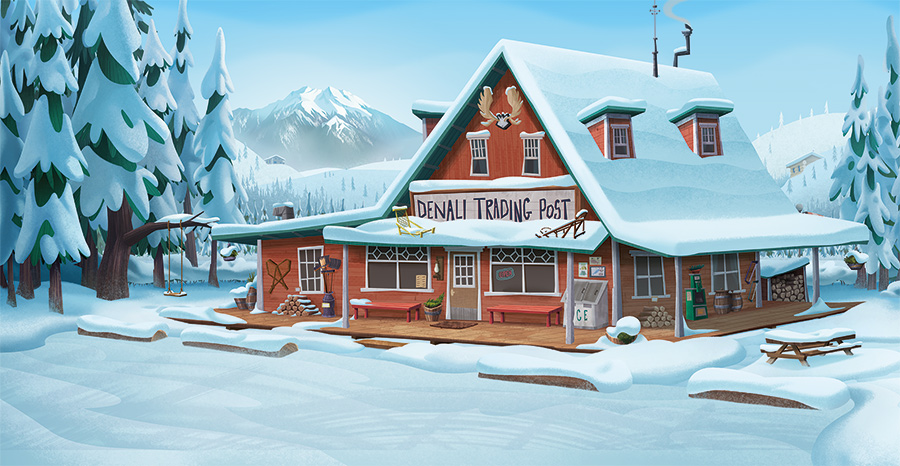
The prioritizing of Native perspectives, voices, and values means that no detail is too trivial to overlook; as Buckley recalls, an online game in which Molly gathers blueberries for her father prevents the player from picking all the berries, as Molly explains that Alaskans take only what is needed.
These interactive games are combined with the show, classroom materials, and even a weekly podcast to teach children ages 4 to 8 about reading and interpreting informational texts. This refers to anything designed to convey information through writing, images, or spoken word, including the oral traditions passed down in Molly’s village. Because of this educational emphasis, Molly of Denali is funded in part by a Ready to Learn Grant from the U.S. Department of Education.
So how does the show manage to teach children about informational texts without sacrificing entertainment value? “It’s a delicate dance,” says Duke, who reviews the educational materials related to Molly of Denali. “Informational text should move a story along as an integral part of it. It should feel seamless, rather than act as a teacher’s lecture in the middle of something entertaining.” This balance is also seen in the show as Molly vlogs the adventures of herself and friends in Alaska; these video clips showcase their use of informational texts presented in a format that is familiar to children who watch YouTube for hours.
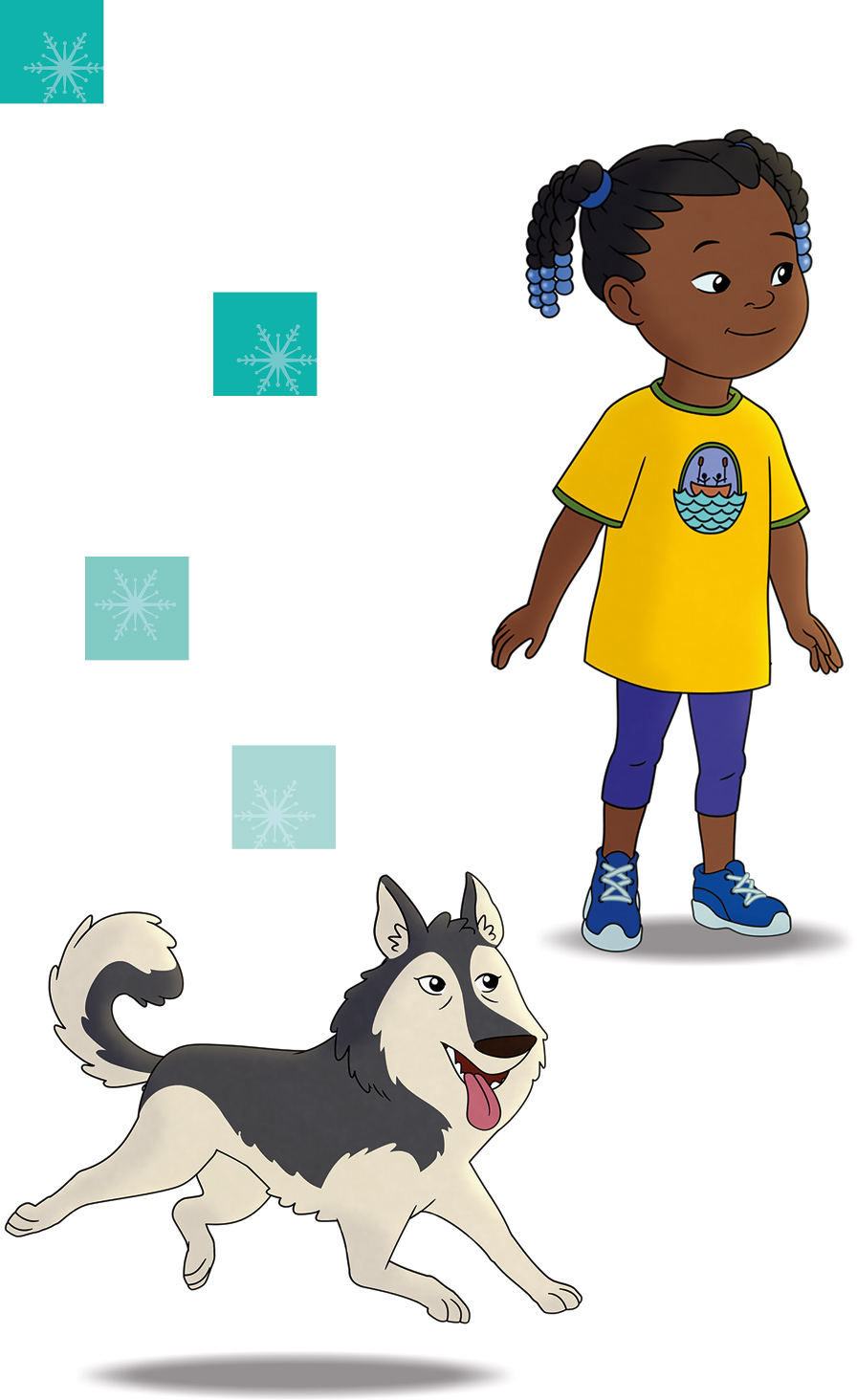
In more ways than one, the team behind Molly of Denali understands that children need to feel represented by what they see on their screen: To wit, the program is the first nationally distributed children’s series with a Native American lead, according to PBS. The show reached 47.6 million people, including over 820,000 Indigenous/Alaska Native viewers, who tuned in to Molly from July 2019 to October 2020.
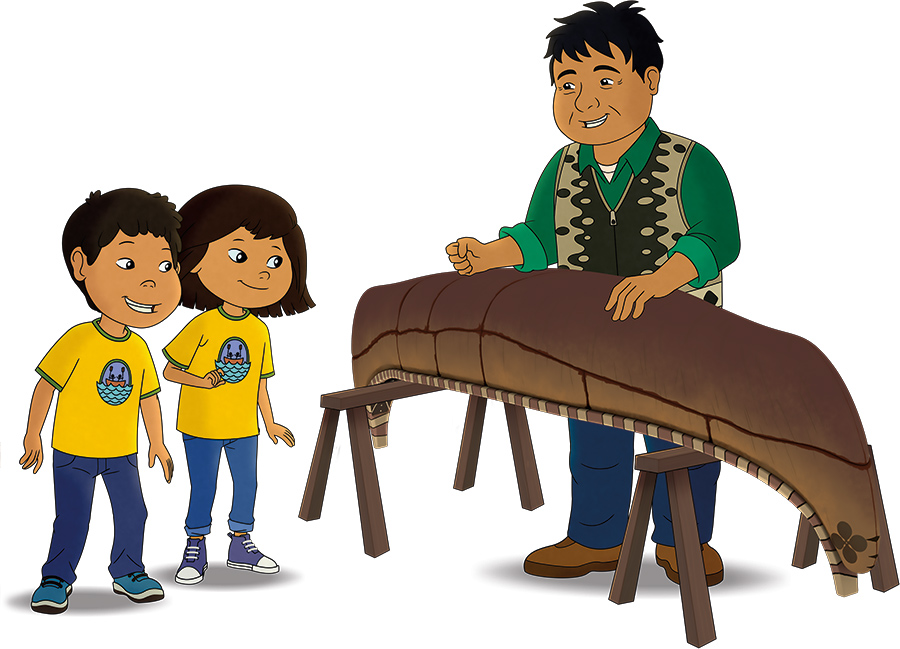
“Television — storytelling, really — has the capacity to romance viewers,” Gillam says. “When done well, it pulls us in, excites, and inspires us to want to learn more.”